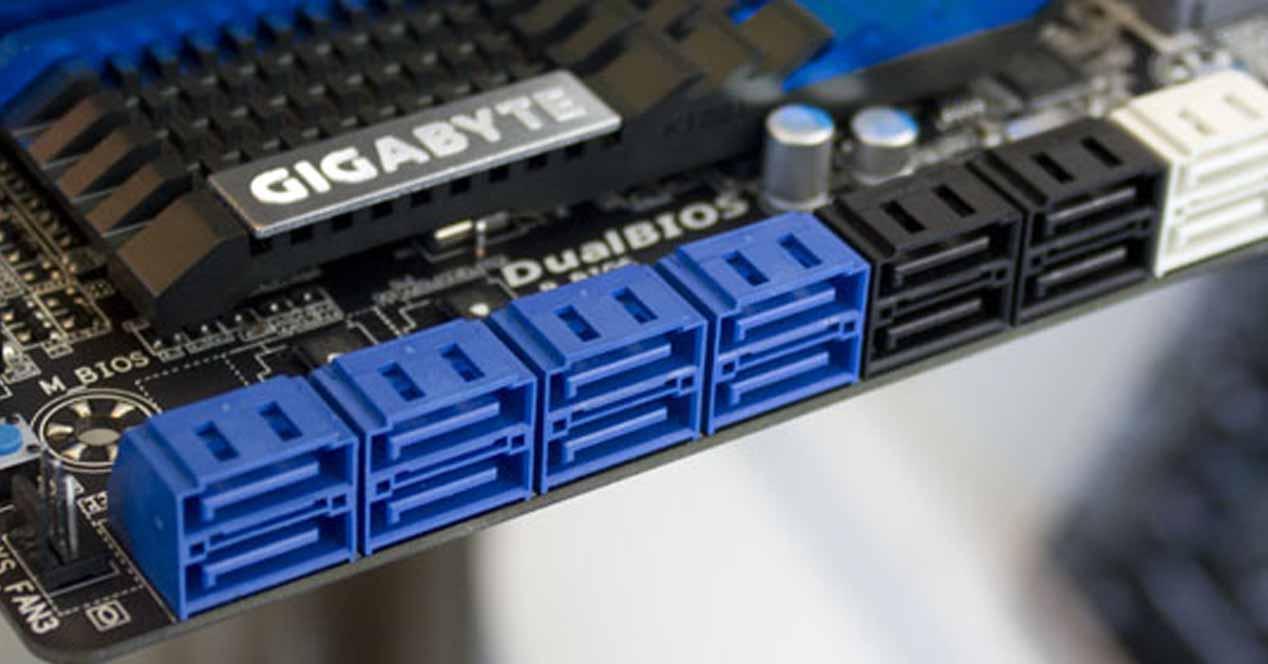This connection remains to this dayit is widely used to connect storage devices on PC. Recently, SSDs in the M.2 format have appeared that, in many cases, have PCIe connectivity (but in some, it is SATA), but their use has not spread far enough to include SATA, at least not yet.
History of SATA interface
The standard was developed by the Serial ATA Working Group OG, which was established in early 2001. Founding members continue to form the Serial ATA II Working Group to continue developing the next generation of novels, down to the team we have today. , simply called SATA-IO

SATA has been an accepted and sustainable practice since then on motherboards for computers (PCs). Thanks to the SATA-IO specification presented each time, which was accepted by the manufacturers, users were able to enjoy faster and faster on storage devices.
How fast the SATA interface has appeared
The first level definition, called SATA I (revision 1.x) and known as SATA 1.5 Gb / s, was first generation and as its name implies, its maximum bandwidth was 1.5 Gbps, maximum speed is about 150 MB / s. Its operating frequency is 1,500 MHz, with 1 bit per clock cycle.
The second update is called SATA II, SATA 2 or SATA 3 Gb / s (update 2.x) and its bandwidth is 3 Gbps, with a top speed of twice that of SATA I, up to 300 MB / s . This interaction works at 3,000 MHz, with 1 bit per clock speed, and it is significant that SATA 2 devices are not running backwards compatible with SATA 1.
After that came a third review, used today, called SATA III, SATA 3, or SATA 6 Gb / s. Its maximum bandwidth is 6 Gbps, at twice as fast as SATA 2, 600 MB / s. It operates at a frequency of 6,000 MHz and at a single rate per clock. In this case, they did SATA 3 back is compatible with SATA II and SATA I
| SATA | SATA 2 | SATA 3 | |
|---|---|---|---|
| Usually | 1500 MHz | 3000 MHz | 6000 MHz |
| Bits / clock | 1 | 1 | 1 |
| 8b10b writing | 80% | 80% | 80% |
| bits / bytes | 8 | 8 | 8 |
| Real speed | 150 MB / s | 300 MB / s | 600 MB / s |
Variation at this level: SATA Express
This show was set for a SATA 3.2 revision, and instead of continuing with the conventional approach, which was to double its speed per version, this simply included a PCI Express bus to achieve the highest 6 Gbps transmission speeds received by SATA 3. It's actually a never-before-seen consultation. , but with many motherboards included.

This integration was first seen on Intel 9 Series chipboards (Z97 and H97), in line with processes implemented by Haswell and Haswell Refresh, back in December 2013. However, by mid-2014 the level of M.2 was. SSDs, which eventually become discarded as a result of these.
SATA Express was able to provide bandwidth of up to 16 Gbps, with maximum speed up to 1,6 GB / s.








